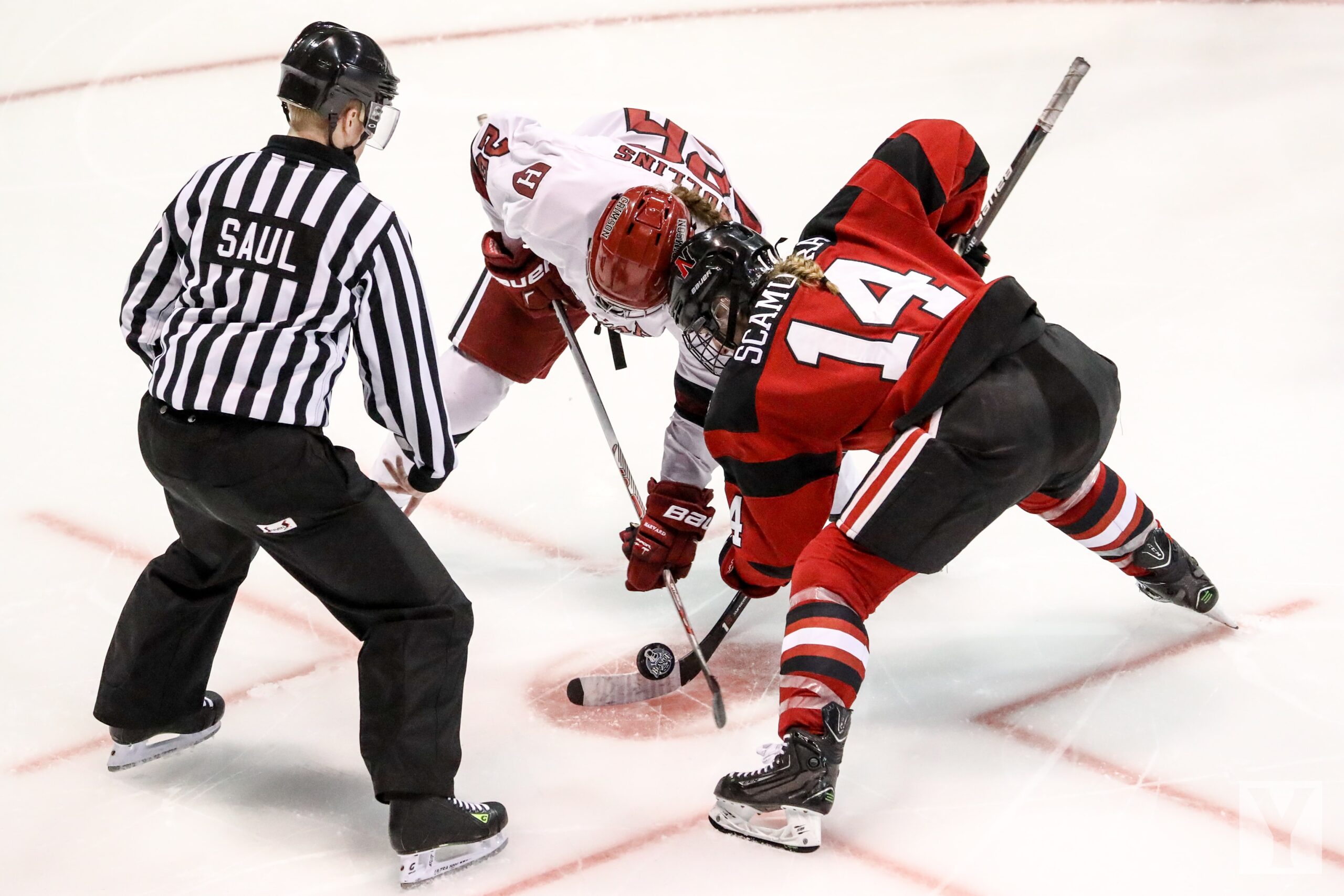NBA spread betting, also sometimes referred to as ‘betting against the spread’, requires bettors to factor in a points handicap set by oddsmakers as a means of levelling the playing field between the two teams.
It’s rare that two NBA teams are equally matched when they set foot on the court, with a plethora of different factors increasing the likelihood of one team defeating the other. The spread or ‘line’ applied by sportsbooks is a means of accounting for this differential and is a reflection of the margin of victory which the oddsmakers expect to see at the end of the game.
By applying this handicap, the sportsbooks encourage a more balanced amount of wagering on both the favorite and underdog. If this weren’t the case, most bettors would just pick the moneyline favorite, which would leave the sportsbook overexposed and could prove costly if the favourite won as expected.

AN EXAMPLE…
For a bit more clarity on how NBA spread betting works, let’s dive into the above example from a matchup between the Denver Nuggets and Orlando Magic.
In this example, the Nuggets have been installed as a -8 point favorite, as indicated by the negative number. The Magic are +8 point underdogs, as indicated by the positive number. In essence, the Magic have been given an +8 point head start by the bookmakers as they believe this is likely to be the margin the Nuggets will win the game by.
Put simply, bettors wagering on the Nuggets to cover the spread need them to win the game by 9 points or more in order for their bet to win. Bettors wagering on the Magic with the spread need them to lose by 7 points or less (or win the game outright) in order for them to collect a payout. If the Nuggets were to win by exactly 8 points, that is known as a ‘push’ and most sportsbooks will refund your bet.
With spread betting it’s also worth noting the odds accompanying the handicaps for each team. In the example above, both the favourite Nuggets with their -8 point handicap and the underdog Magic with their +8 point head start are listed at odds of -110. This means the sportsbook feels as though they have successfully done their job of setting a line where both outcomes are deemed equally likely. As a result of this, a $100 bet on either of these teams would result in a return of $190.91 ($90.91 in profit, plus the $100 outlay returned). For a more detailed explanation on how to calculate NBA odds, click here.
However, it’s worth noting that the odds for NBA spreads, as well as the spreads themselves, can fluctuate in the lead up to tip off as bookmakers adjust to market trends and aim to keep an equal amount of bets coming in on both sides of the ledger. For example, if the overwhelming majority of bettors were placing money on the Nuggets to cover the -8 point spread, a sportsbook can react to this in a couple of ways. They can either adjust the odds from -110 into something shorter, or increase the spread from -8 into something larger.
The majority of top sportsbooks will also offer what they call ‘alternate lines’ for NBA spread betting. This essentially allows bettors to select their own spread, as opposed to the primary one offered by bookmakers. For example, a more conservative bettor might anticipate the Nuggets winning, but by less than a margin of 8 points. As such they might wager on an alternate line of -3.5 points, which gives them more of a buffer. The odds will be much shorter than -110
(e.g. -215) in order to accurately reflect the lower risk being taken on by the bettor.
It is also possible to place live spread bets during NBA games with a number of sportsbooks. The lines will consistently be adjusted by the bookmaker during the course of the game in order to reflect the margin and different momentum swings. If you’re an avid NBA fan who can sense the different ebbs and flows that inevitably occur over the course of the game, this is a great opportunity for you to find added value with your bets.
Credits for Featured Image: Erik Drost on Flickr








